-
Welcome to Tundras.com!
You are currently viewing as a guest! To get full-access, you need to register for a FREE account.
As a registered member, you’ll be able to:- Participate in all Tundra discussion topics
- Transfer over your build thread from a different forum to this one
- Communicate privately with other Tundra owners from around the world
- Post your own photos in our Members Gallery
- Access all special features of the site
Speed Bleeders Gen III
Discussion in '2.5 Gen Tundras (2014-2021)' started by Sunfish, Feb 13, 2020.


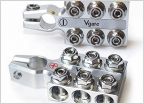 Help finding parts for adding battery post anchors on my truck
Help finding parts for adding battery post anchors on my truck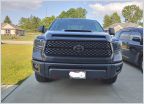 Front License Plate Screw Holes
Front License Plate Screw Holes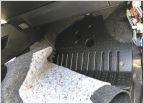 Power Distribution, Firewall Pass throughs and no torn boots!
Power Distribution, Firewall Pass throughs and no torn boots!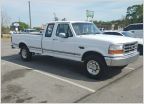 Anybody have solution for morning fan roar?
Anybody have solution for morning fan roar?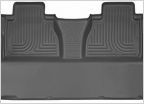 Husky floor liner question
Husky floor liner question 2020 Tundra SR5 grill insert dimensions
2020 Tundra SR5 grill insert dimensions












































































